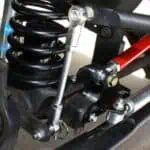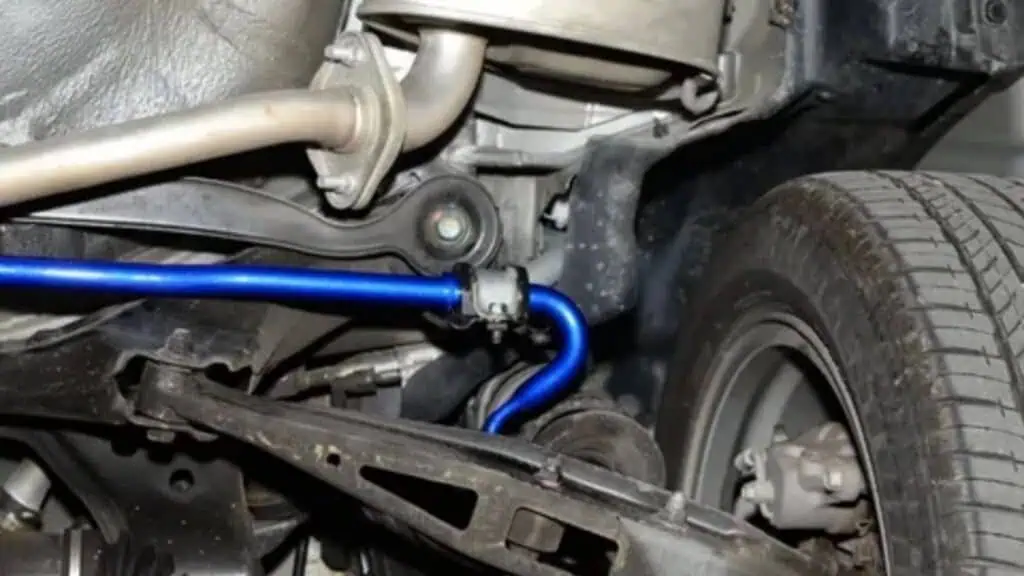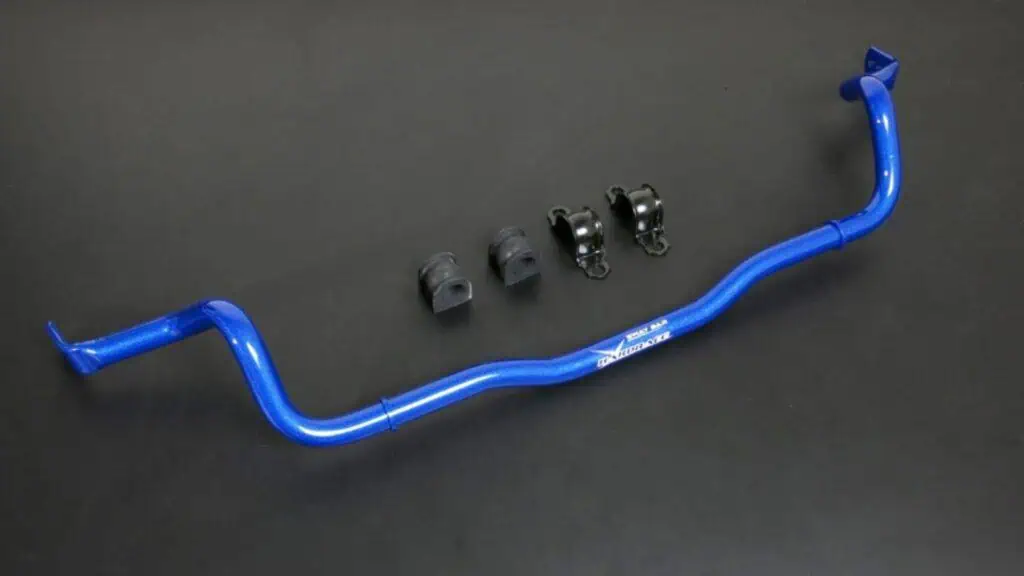
Sway bars, also known as stabilizer bars, play a crucial role in a vehicle’s suspension system by reducing body roll during cornering and improving stability. However, like any other automotive component, sway bars can experience issues over time. Here are some common Sway Bar problems and their solutions:

1. Sway Bar Linkage Wear:
Problem: Worn or damaged sway bar linkage can cause clunking noises, rattling, or excessive body roll during cornering.
Solution: Inspect the sway bar links for signs of wear, such as torn bushings or loose joints. Replace worn or damaged sway bar links with high-quality replacements. Consider upgrading to aftermarket adjustable sway bar links for improved performance and durability.
2. Sway Bar Bushing Failure:
Problem: Worn or deteriorated sway bar bushings can lead to increased body roll, excessive noise, and uneven tire wear.
Solution: Inspect the sway bar bushings for signs of wear, such as cracking, crumbling, or sagging. Replace worn or damaged sway bar bushings with new ones made from high-quality materials like polyurethane for improved durability and performance.
3. Bent or Damaged Sway Bar:
Problem: Impact from off-road driving or accidents can cause the sway bar to become bent or damaged, affecting its performance.
Solution: Inspect the sway bar for signs of bending, cracks, or other damage. If the sway bar is bent or damaged, replace it with a new one to restore proper suspension function and stability.
4. Sway Bar Mounting Hardware Issues:
Problem: Loose or damaged mounting hardware can cause the sway bar to shift or become misaligned, resulting in handling issues and abnormal noises.
Solution: Check the mounting brackets, bolts, and bushings for tightness and signs of damage. Tighten loose bolts and replace damaged hardware as necessary to ensure proper alignment and stability.
5. Sway Bar Link Adjustment:
Problem: Improperly adjusted sway bar links can affect the vehicle’s handling and stability, leading to uneven tire wear and poor cornering performance.
Solution: Adjust the sway bar links to the manufacturer’s specifications or according to your vehicle’s suspension setup. Properly adjusted sway bar links will optimize the sway bar’s effectiveness in reducing body roll without compromising ride quality.
6. Upgrading Sway Bar Components:
Problem: Stock sway bar components may not be sufficient for high-performance driving or heavy off-road use, leading to decreased stability and control.
Solution: Consider upgrading to aftermarket sway bars, sway bar links, and bushings designed for increased performance and durability. Adjustable sway bars allow for fine-tuning of the suspension to suit your driving preferences and conditions.

Conclusion:
Sway bars are essential components of a vehicle’s suspension system, and addressing common sway bar problems promptly is crucial for maintaining stability and control. By troubleshooting issues such as worn linkage, bushing failure, or damaged components, and implementing the appropriate solutions, you can ensure that your vehicle’s sway bars continue to function effectively. Whether it’s replacing worn parts, upgrading to aftermarket components, or adjusting the suspension settings, proactive maintenance will help maximize the performance and longevity of your vehicle’s sway bars.